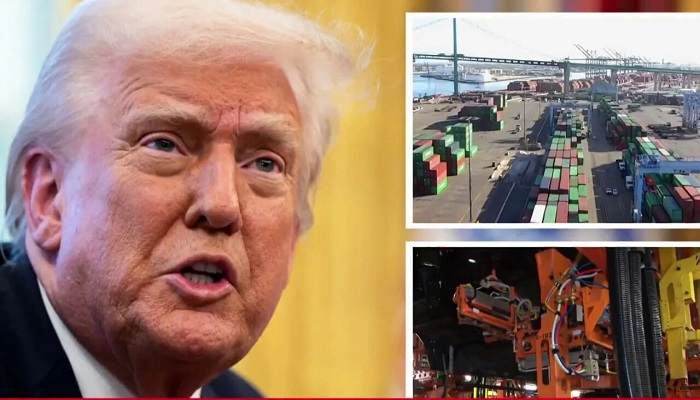PNN – The American news network CNN, citing the International Chamber of Commerce, announced that US President Donald Trump’s plan could be “the largest escalation of US tariffs” in the past 100 years.
According to the report of Pakistan News Network, CNN added in a report on Wednesday local time: US President Donald Trump’s sweeping tariffs are expected to have far-reaching consequences for businesses around the world, especially if foreign countries retaliate with tariffs.
According to the report, Trump’s tariffs threaten to disrupt a global trading order that has endured for decades, and business leaders are concerned that tensions could spiral out of control after Trump’s big announcement.
John Denton, president of the International Chamber of Commerce, told CNN: The scope and scale of this tariff increase far exceeds the Smoot-Hawley Act of 1930, putting more than $1.6 billion worth of U.S. exports at risk of some form of trade retaliation.
The European Union, Mexico, Canada, China, Japan and South Korea have all pledged to respond to Trump’s tariffs.
Read more:
Trump’s representative reacts to Araqchi’s tweet and deletes his response after an hour
U.S. stock markets fell on Wednesday local time as investors awaited President Donald Trump’s announcement on tariffs. The Dow Jones Industrial Average fell 330 points, or 0.78 percent, while the S&P 500 fell 1 percent and the Nasdaq Composite fell 1.43 percent.
Trump’s uncertainty over his trade policy has rattled markets and left Wall Street waiting for clarity.
The US president is about to announce the most aggressive trade policy move in decades, but American businesses have little information to make such a big change.
Trump called April 2, 2025, “a great day” and “freedom day,” citing the widespread tariffs.
Perhaps the biggest question for businesses making investment decisions is how long the tariffs are likely to remain in place.
Are they temporary tools to achieve limited political goals—for example, reducing the flow of fentanyl across the border, as is the stated goal of the Canadian and Mexican tariffs—or are they part of a longer-term plan for the global economy to benefit more production in the United States?

